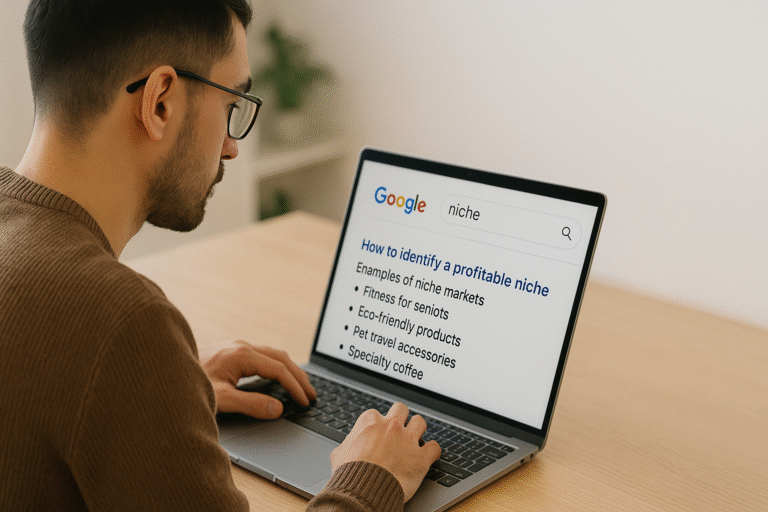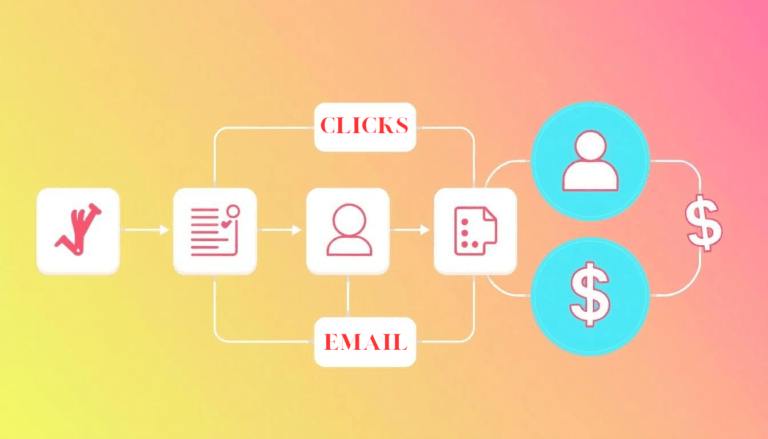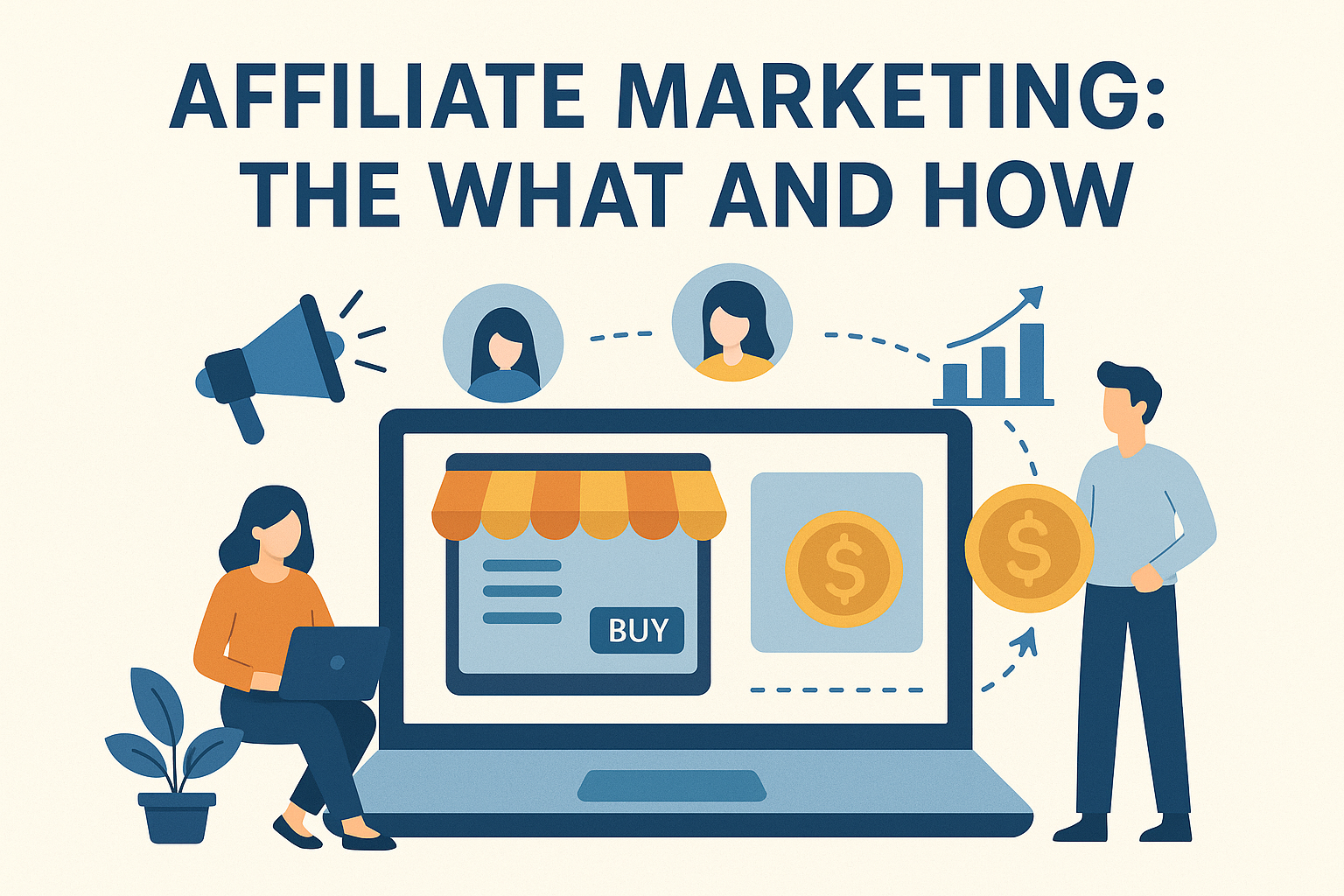What Makes People Choose A Competitor Over Your Brand?
Many businesses struggle to understand why customers sometimes choose a competitor over their brand. There are several factors at play, and checking out these elements can help any brand step up its offerings. Over the years, I have seen firsthand how small adjustments can make a big difference.

Understanding the Lure of Competitors
The decision for a customer to switch to a competitor never happens in isolation. Multiple factors come together—from pricing and convenience to brand perception and product features—to influence this choice. Some buyers might be attracted by a lower price, while others appreciate a smoother buying process. It is important to listen to customer needs and get a sense of what drives their choices.
Key Reasons Behind the Switch-Up
Looking at the big picture, several key reasons can cause a customer to lean toward another brand. Price, convenience, brand perception, product features, and customer service all play a role. For example, when a competitor offers a similar product at a lower cost or with added benefits, it becomes difficult for customers to justify paying extra. Equally, if the buying experience is more intuitive elsewhere, customers may feel compelled to make the switch.
- Price: The price tag is often one of the first things customers notice. When a competitor offers comparable products or services at a lower price, it challenges the notion of paying more for the same value.
- Convenience: Accessibility is very important. If a competitor offers easier purchase processes, better online support, or more accessible locations, it can convince customers that their overall experience is simpler and more efficient.
- Brand Perception: A strong, trusted brand identity can win loyalty over time. When customers feel connected to a brand that consistently delivers, that trust becomes a deciding factor. This connection might prompt them to choose another brand if they see a stronger or more consistent image elsewhere.
- Product Features: Occasionally, a competitor includes functionalities or design elements that your product lacks. These additional benefits can address very specific needs, making the competitor’s offering more attractive.
- Customer Service: A smooth and effective after-sale support experience is remembered. Brands that invest in high-quality customer support are often rewarded with loyalty, even if their product is similar to competitors.
The Role of Price and Value
Price is one of the most straightforward factors influencing customer decisions. Often, a competitor’s lower pricing makes it an attractive option for those sensitive to cost. However, value does not solely depend on the price tag. Many customers are willing to pay a bit more when they receive better service or a product that truly meets their expectations. One expert noted that 42% of consumers would pay a premium for a positive experience. This observation underscores the importance of pairing competitive pricing with a solid overall value proposition.
Convenience and Customer Experience
Offering convenience is very important for attracting and keeping customers. Whether it is through a streamlined e-commerce interface, rapid delivery, or multiple easily accessible locations, customers respond well when the purchasing process is hassle-free. A clean, mobile-friendly experience with efficient support can give customers a reason to stay loyal.
A competitor that provides an easy-to-navigate platform and quick customer service can feel like a breath of fresh air for someone tired of complex or delayed processes. When people can quickly place orders or get help when needed, they are more likely to stick with that brand.

Brand Perception and Trust
The image of a brand project profoundly influences customer decisions. A competitor with a strong and clear identity can naturally draw in those looking for reliability. Trust builds over time, and when customers feel secure with a brand that consistently delivers, they are more likely to stick with that option.
It can be challenging to win back customers if they already have strong positive associations with another brand. Positive reviews, consistent quality, and a visible commitment to customer satisfaction help establish this trust, making it a deciding factor when customers compare options.
Poor reviews or a lack of brand recognition can quickly send potential customers to your competitors. Having an authentic voice and showing a commitment to your values can bridge these gaps. For instance, learn how better communication builds trust in Building Trust and Credibility.
Product Features and Meeting Specific Needs
Sometimes, a customer’s decision to switch brands is rooted in very specific requirements. A competitor might offer unique features or specialized functions that simply aren’t part of your current product lineup. Whether it’s a particular design element or performance upgrade, these distinctions can address niche needs that your product may overlook.
In such cases, meeting customer expectations means moving beyond generic offerings. Streamlined products designed with clear customer demand in mind stand out, and if a competitor introduces a unique capability that saves time or improves usability, it’s likely that customers will take notice and opt for that advantage.
Excellent Customer Service as a Differentiator
Customer service can be a powerful differentiator. A competitor known for fast, considerate, and personalized support is likely to nurture a loyal customer base over time. Even if the actual product is quite similar, memorable and attentive service can cement a customer’s choice.
Investing in customer support—ensuring that teams respond quickly and helpfully—can not only fix minor issues but also create a lasting positive impression. Outstanding after-sale support often turns a one-time purchase into a long-term relationship.
Building Loyalty and Overcoming Brand Inertia
Loyalty can be a double-edged sword. While it is a very important asset for established competitors, it is also a barrier for brands trying to win over new customers. Once a customer is comfortable with a brand, the switch to a new choice can seem daunting. This inertia is powerful, and even if a new brand offers improvements, familiarity can keep customers tied to their current preferences.
To break this inertia, brands must consistently engage with their customers. Building loyalty involves personalized communication, rewards programs, and regular outreach. When customers feel valued, they are more open to trying new features or services provided by the brand.
Strategies to Bridge the Gap With Competitors
Understanding why customers switch brands provides an opportunity to address these gaps head-on. Brands can take several pragmatic steps to smooth the way for retaining and winning back customers.
- Understand Your Customers: Use surveys, focus groups, and one-on-one conversations to gather insights about what your customers really value. This information can then be used to adjust your offerings accordingly.
- Highlight Your Unique Selling Proposition: Every brand has a distinct advantage. It is essential to clearly communicate how your brand adds value in ways that competitors might not. Explaining what makes your brand different can help sway undecided buyers.
- Build a Consistent Brand Identity: A clear and unified brand message is very important. From marketing to customer support, every aspect of your business should send a consistent message about reliability and quality.
- Invest in Customer Service: Make sure your support team is well prepared to handle inquiries and resolve issues swiftly. A proactive and helpful support system can be the deciding factor for many customers.
- Keep an Eye on Competitors: Monitor what similar brands are doing. When necessary, be ready to adjust your strategy, whether that means updating your product lineup, improving your service, or offering more competitive pricing.
By taking these steps, you can bridge the gap and make your brand more attractive to both existing and potential customers.
Advanced Strategies to Outshine Competitors
In today’s competitive market, basic measures may not be enough. It can pay off to tap into the power of technology and adopt more advanced strategies to stand out. For example, using data analytics can help you track customer trends and identify preferences. This information allows you to modify your offerings and keep pace with market changes.
Creating a seamless omni-channel experience is another way to level up your brand. Whether customers shop online, on mobile devices, or in a store, the experience should be smooth and consistent. Brands that manage this integration effectively see higher customer retention, as consumers appreciate a uniform and engaging interaction regardless of where they engage with the business.
Investing in loyalty programs and reward initiatives is also very important. When customers feel rewarded and appreciated, they are less tempted to stray, even if competitors offer tempting deals. Personalizing interactions through follow-up offers and tailored recommendations helps create a sense of belonging, ultimately strengthening the overall customer relationship.

Frequently Asked Questions
Question: Why might customers choose a competitor primarily based on price?
Answer: Many customers are very cost-conscious. When a similar product is available for less, buyers naturally opt for the more affordable option unless there is a clear distinction in quality or service.
Question: How does convenience cause customers to favor competitors?
Answer: Convenience is all about having a smooth, simple experience. If a competitor offers a streamlined process, faster delivery, or more accessible support, customers often find it easier to go with that brand.
Question: In what ways does excellent customer service help in retaining customers?
Answer: Outstanding service makes a lasting impression. It builds trust and encourages loyalty, even when the products offered are quite similar across brands.
Question: What steps can brands take to win back customers who have switched to competitors?
Answer: Brands should start by asking for feedback to figure out any gaps. Once they know what customers are missing, they can adjust their products, improve customer support, and refine their overall value proposition.
Wrapping Up the Discussion
When customers opt for a competitor, it sends a clear signal that some needs are not being fully met. Whether it is due to price, convenience, brand trust, or specific product features, every detail matters. Addressing these issues by updating services, refining products, and ensuring consistent quality is vital.
By understanding these factors and taking targeted action, brands have an opportunity to win back customer trust and loyalty. Even small changes—like faster delivery or more personalized support—can make a significant difference. The overall customer experience is key, and when a brand consistently meets or exceeds expectations, customers are more likely to stay.
Ultimately, success in retaining customers is not just about one element. It is about creating a positive, engaging experience that builds lasting relationships. With smart adjustments and a commitment to quality, any brand has the potential to outperform its competitors in today’s fast-paced market.

Hello, I’m Michael, the founder of apexaffiliate.com. A few years ago, I was searching for a way to make money online and break free from the daily grind of the 9-5 lifestyle. Like many, I encountered countless “Done for you” and “Get Rich Quick” schemes, but eventually, I got lucky and discovered my path to success.
That turning point was Wealthy Affiliate, a platform I now consider home and the cornerstone of my online achievements. I want to share this journey with you and provide helpful insights into the basics of affiliate marketing, with the goal of making your path smoother than mine.
Join me, and let’s navigate this journey together—I’ll be here every step of the way to guide you.













